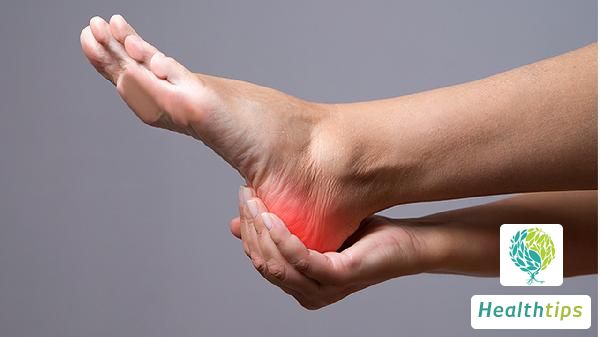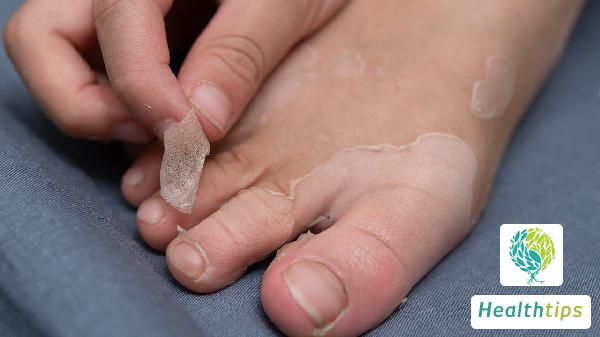What is the Probability of Experiencing Postpartum Urinary Leakage?
Postpartum Urinary Leakage
Postpartum urinary leakage, also known as postpartum urinary incontinence, is a common issue. Relevant research indicates that the incidence of postpartum urinary incontinence following the first vaginal delivery is approximately 24.5%, while that following the first cesarean section is roughly 5.2%. The risk of postpartum urinary incontinence is higher among multiparous women or those who have given birth multiple times. However, for primiparous women, the probability is relatively low. The primary cause of postpartum urinary incontinence is pelvic floor muscle relaxation.

During pregnancy, as the fetus grows, the uterus expands, exerting increasing pressure on the pelvic floor muscles, causing them to gradually become loose. During childbirth, continuous traction on the local muscles, coupled with inherent weaker elasticity, can lead to pelvic floor muscle relaxation and subsequently postpartum urinary incontinence. This condition can also affect the quality of sexual life and, in severe cases, may lead to prolapse of the bladder, uterus, and rectum.
For primiparous women with strong physical constitution, minimal vaginal damage during childbirth, and a subsequent return to normal physical condition, the incidence of urinary incontinence is relatively low.
To address postpartum urinary incontinence, conscious self-contraction exercises of the pelvic floor muscles can be performed, which can increase resistance in the urethra, vagina, and anus, enhancing urinary control. Kegel exercises are an example of such exercises. Additionally, electrical stimulation therapy, a passive pelvic floor physical rehabilitation method, can be administered at postpartum clinics in hospitals. Patients can visit the hospital 42 days after childbirth for a follow-up examination, where doctors will assess the extent of pelvic floor muscle damage and assist patients in adopting rehabilitation exercises to improve pelvic floor muscle relaxation.



















